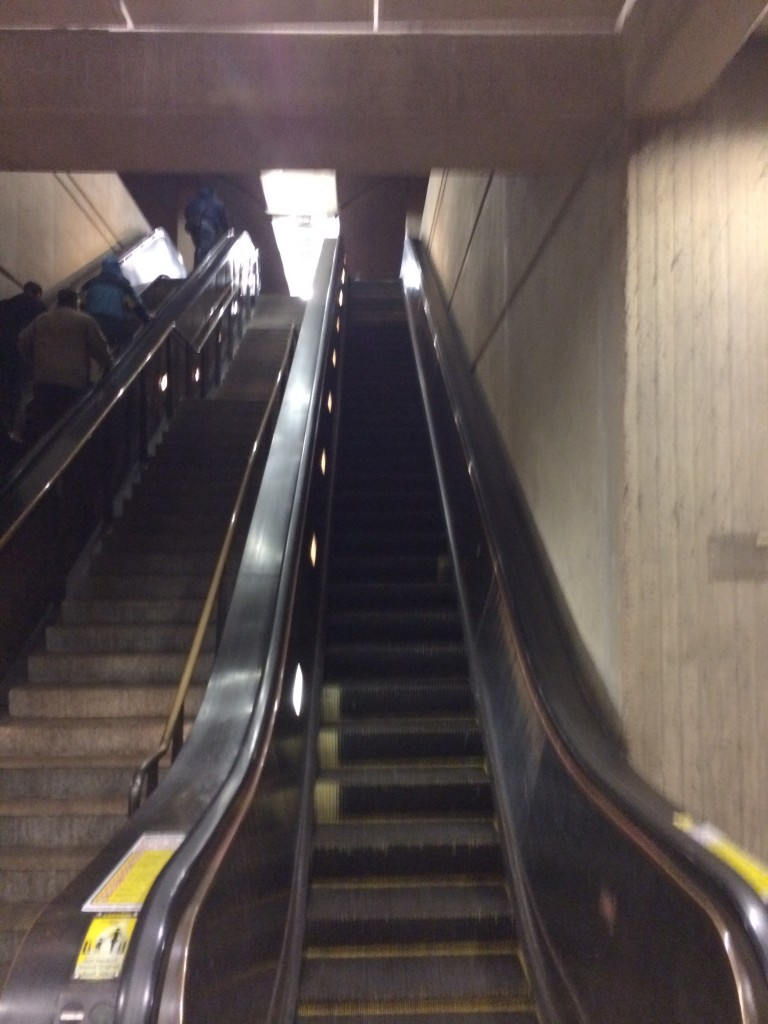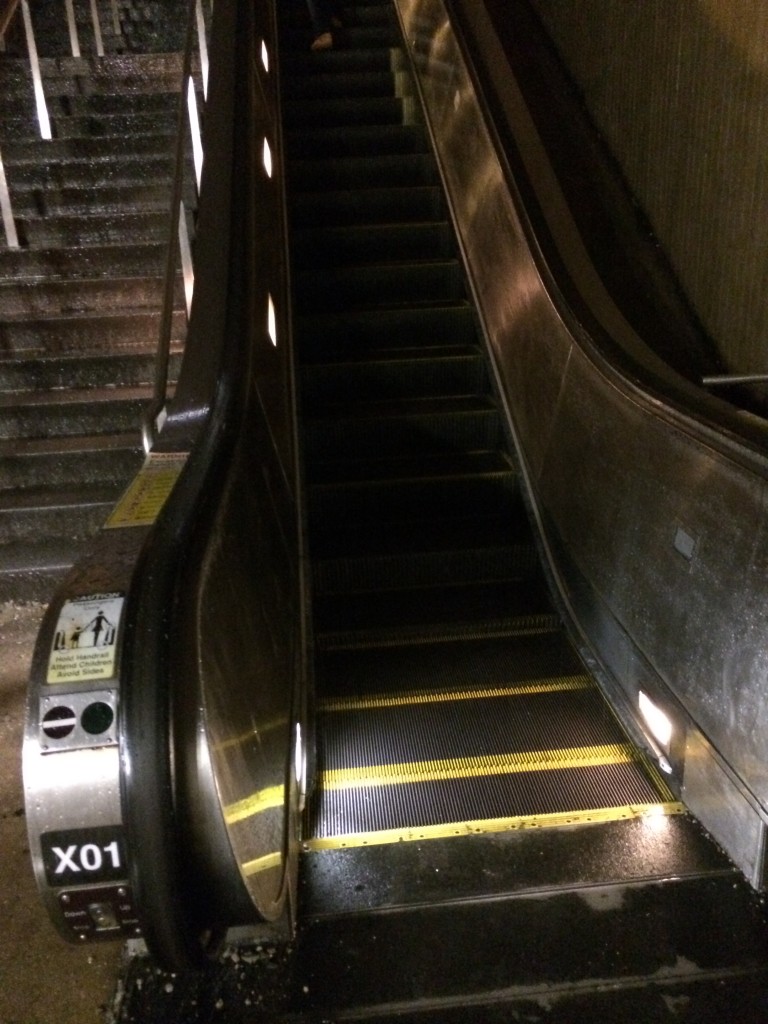
Metro General Manager Richard Sarles took questions from travelers on Monday about a wide range of concerns about current and future transit service. I’ve picked out a few that are frequently asked questions about Metrorail service. See the full transcript of the Sarles Q and A here.
Q, Blue Line cutbacks
After the Rush Plus cutbacks, the Blue Line is often dangerously crowded during the morning and afternoon rush, which will only get worse when the Silver Line opens. For many of us, the Yellow Line isn’t a reasonable alternative (such as for the many Pentagon to Rosslyn/Foggy Bottom/Farragut West commuters, like myself). Will there actually be 8-car Blue Line trains (not perfect, but better than nothing)? How can you justify charging us for peak service when there is actually no difference in train frequency between rush hour and not?
A. Richard Sarles
First, it is important to note that we are executing on a plan that was developed when the Silver Line was approved for design/construction more than a decade ago. That plan called for base train frequencies of seven minutes during rush hours on Orange, Yellow, Green and Silver (instead of 6 minutes today), and Blue Line trains every 14 minutes. We have worked hard to improve upon this original plan by now running the Silver Line out to Largo Town Center. By doing this, we are able to keep Orange/Yellow/Green/Silver Line trains at every six minutes, and Blue will be a consistent every 12 minutes. We will make every effort to provide additional eight-car trains on Blue to accommodate riders, and we will continue to encourage those who can consider Yellow to do so.
We will need to advance power improvements (currently called for under Metro’s 2025 plan) in order to provide all eight-car trains on the Blue line.
Q. Eight-car trains
Why aren’t all of the Orange and Blue Line trains in rush hour eight-car? Often in Rosslyn you have to wait for two-three trains to go by before you can get on in the morning. It’s going to get worse when the Silver Line starts and Orange service is cut.
A. Richard Sarles
We would like to operate all eight-car trains during rush hour, and that’s the goal we’ve set for ourselves under the Metro 2025 plan. It requires more than just additional train cars, but also upgrades to the power system and additional storage space and maintenance facilities. Funding is key to advance this project. More info is available atwmata.com/momentum
Q. Rush-hour trains that turn around
As a Farragut North to Shady Grove rider, the rush-hour trains that turn around at Grosvenor are a major pain. I really wish this practice would end.
A. Richard Sarles
Metro 2025 calls for all eight-car trains during rush hours, with all Red Line trains running the full length of the line, from Shady Grove to Glenmont. No more turnbacks at Grosvenor or Silver Spring. This requires funding for additional rail cars, power upgrades and yard storage and maintenance.
Q. Weekend service
Why does weekend Yellow Line service frequently only run to Mount Vernon Square? With weekend headways [the gaps between trains], it can’t be THAT hard to set the schedule to allow for turning the trains around at Fort Totten.
A. Richard Sarles
We turn Yellow Line trains at Mt Vernon Sq on weekends only when there is work on either the Yellow or Green line that necessitates it. For example, if the Green Line is single-tracking between Fort Totten and Prince George’s Plaza, Yellow Line service has to turn back at Mount Vernon. This weekend, Yellow Line will operate to Fort Totten.
Q. Green Line
I transfer at L’Enfant Plaza daily. Often two-three Yellow Line trains whiz by, followed by one extremely packed Green Line train. Why the imbalance in train frequency and length when ridership is so heavy on the Green Line? Is there a fix in sight?
A. Richard Sarles
There has been an increase in the number of Yellow Line trains. These are former Blue Line trains that have to be rerouted over the [Potomac River] bridge in anticipation of the arrival of Silver Line. During rush hours, the southbound frequency should be: Green to Branch Ave every six minutes, Yellow to Huntington every six minutes, and Yellow to Franconia-Springfield every 20 minutes (will be every 12 minutes once Silver Line opens).
http://www.washingtonpost.com/blogs/dr-gridlock/wp/2014/02/03/sarles-addresses-questions-on-metrorail-service/







